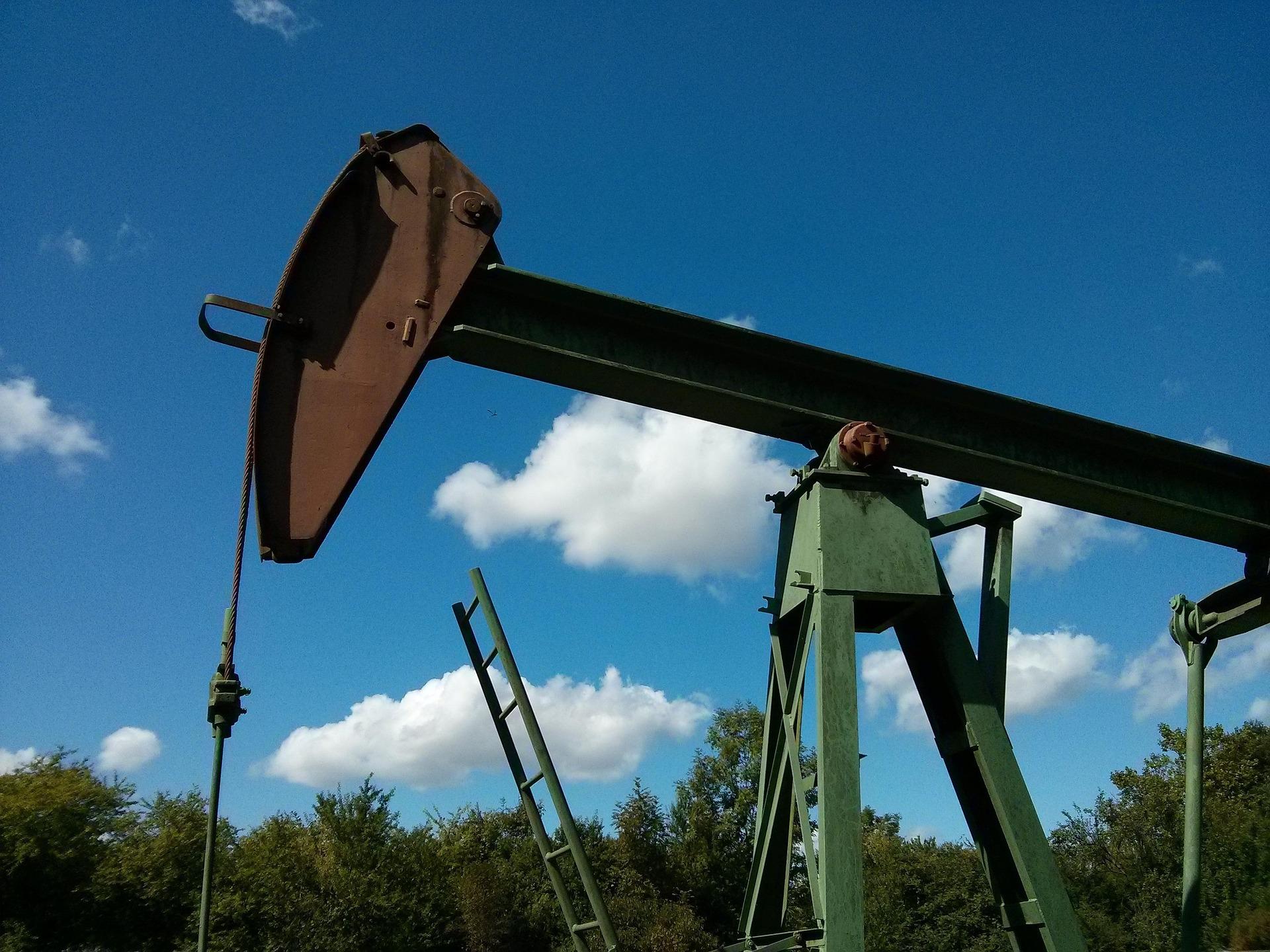Disclaimer:
The information provided in this article is for informational purposes only and is based on publicly available news reports, market analyses, and expert commentary at the time of writing. It is not intended as investment, financial, or geopolitical advice. Readers are advised to exercise their own judgment and consult professional advisors before making any decisions based on the content of this article. The geopolitical situation described is evolving rapidly, and facts may change as new information becomes available. The author and publisher are not responsible for any loss or damage arising from reliance on the material presented.

As markets feared, the worst has happened — Israel has officially launched a major strike on Iran. This military escalation has not only intensified geopolitical tensions but also reignited fears of a global energy crisis. Crude oil prices have surged again after a short period of easing, and according to investment banking giant JPMorgan, the world may be heading toward a scenario where oil could touch $120 per barrel.
Following the news of Israel’s attack targeting Iran's nuclear and military facilities, Brent crude futures soared by nearly 9%, touching $75.36 per barrel. Simultaneously, WTI crude jumped by over $6, trading at $74.20 per barrel. This dramatic rise is fueled by growing fears of disrupted oil supplies, especially from Iran, which remains a key player in global energy exports.
JPMorgan has raised alarms about a 7% probability of a worst-case scenario. In such a case, Iranian oil exports could be severely disrupted, triggering a chain reaction across other supply lines. This would not be limited to Iran alone — it could affect global distribution routes, leading to exponential impacts on energy prices and supply chains worldwide. This kind of “contagion effect,” as JPMorgan describes, could cause panic in energy markets. The result would be a potentially geometric or exponential escalation in oil prices, impacting industries, economies, and consumers globally.
One of the most serious consequences of such a price spike would be inflation. JPMorgan warns that in this worst-case scenario, U.S. CPI (Consumer Price Index) inflation could surge back to 5%, a level considered very high by American standards. The recent success of the U.S. in controlling inflation may be reversed, putting fresh pressure on the Federal Reserve. Until now, the Fed was inching closer toward easing interest rates, but this new inflationary threat could derail that path. With energy prices feeding into transportation, manufacturing, and consumer goods, a rise in oil prices would effectively reignite price pressures across the board.
Despite these alarming forecasts, JPMorgan also laid out a base case scenario — one in which geopolitical tensions ease and global diplomacy succeeds in cooling down the Israel-Iran conflict. In such a scenario, oil prices could remain within the $60 to $65 per barrel range for the remainder of 2025. By 2026, they even forecast oil prices dropping to $60, assuming stability in the Middle East is restored. A key factor influencing this base case outlook is the Strait of Hormuz, a critical oil shipping route. Currently, JPMorgan assesses the risk of closure of this route as low. However, any disruption here would have severe consequences, as nearly one-fifth of global oil trade flows through this narrow waterway.
The Strait of Hormuz holds immense strategic importance. Around 20% of the world’s oil exports pass through this narrow passage. Any interruption here — due to military action or geopolitical blockade — would disrupt oil flows globally, pushing prices even higher and causing panic in energy markets. For now, JPMorgan does not foresee an imminent closure, but the very possibility adds to the risk premium in oil prices. Gulf nations, whose economies rely on regional stability, are likely to push for de-escalation, aiming for quick diplomatic resolutions.
The surge in oil prices has already started to impact global stock markets, with volatility increasing as tensions rise. Markets are sensitive to any further escalation, and any signal of prolonged conflict could lead to a sharp sell-off. Meanwhile, U.S. Secretary of State Marco Rubio has clarified that the U.S. had no involvement in Israel’s unilateral military action. While distancing itself diplomatically, Washington has not shown urgency in de-escalating the situation either. Former President Donald Trump, who has long claimed to prevent global conflicts, is now under pressure to intervene diplomatically, though no immediate actions are visible.
Adding to the complexity, nuclear negotiations between the U.S. and Iran were already stalled, and the International Atomic Energy Agency (IAEA) was set to hold a critical vote on June 12 in Vienna. The current tensions could further delay diplomatic resolutions and trigger additional sanctions against Iran.
The current conflict has once again exposed the fragility of global oil markets and how quickly geopolitical events can reshape economic realities. JPMorgan’s $120 oil forecast, while based on a worst-case outlook, cannot be ruled out given the current trajectory. With inflation concerns resurfacing and energy security under threat, the world watches closely. The next few weeks will be critical in determining whether diplomacy can avert a global crisis — or if the world must brace for a prolonged period of high oil prices, market volatility, and inflationary pressure.




